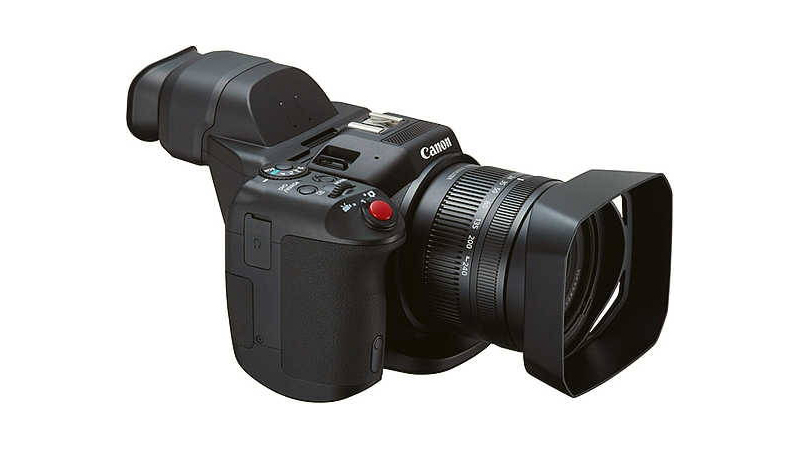The Canon XC10 is an entry-level cinema EOS camera with a not-so-entry-level price point. It has a higher price tag as compared to other consumer-grade camcorders. Furthermore, this is a model with a fixed lens rather than having an EF mount, there’s also no Super 35 sensor in this one either. So what does it have in-store for the video-centric individual? It does support a sizeable one-inch CMOS sensor, and it also has the ability to capture videos in 4K resolution.
Is the Canon XC10 the Camcorder/DSLR Crossover People Are Waiting For?
Let’s first put the one-inch sensor of the Canon XC10 into perspective; even though it is quite smaller than the APS-C and Micro Four Thirds (MFT) sensors, but it does have four times the area of the 1/2.3-inch sensors which can usually be seen in camcorders. Therefore, it has a far greater sensitivity which is ultimately close to that of a DSLR. It also provides more film-making characteristics that have made DSLRs, as well as camcorders, to be popular with videomakers all over (i.e. the Canon Cinema EOS line).
Its imaging sensor provides a raw 13.36-megapixels. This gives it an effective 8.29-megapixels for video and 12-megapixels for still images. This quantity is already very effective for shooting 4K video. However, when looking at this in a DSLR’s point-of-view, it is still somewhat behind the contemporary. For example, the Canon EOS 750D provides twice as many megapixels as the XC10 camcorder.
The offering of a built-in lens comes as a surprise for many, especially when Canon has a supreme line of EF mount lens already available in the market. Traditionally, camcorders located at this price range do not have a built-in lens. Many would even be disappointed to shell out the cash needed to purchase the XC10 only to find out that the lens is not interchangeable. However, it is also what makes shooting on DLSRs attractive.
Nonetheless, said built-in lens does perform quite well but still not as good as Canon’s top-of-the-line L series. Nevertheless, it does offer a 35-millimeter equivalent range of 24-millimeters to 240-millimeters. It also has a respective maximum aperture of f/2.8 to f/5.6. There is also a 10-times optical zoom.
In terms of it being a camcorder, the Canon XC10 is a clear winner despite having some flaws. However, if you’re still looking for that definite combination of DSLR and camcorder, this is still not exactly it. Still, it does shoot amazing 4K images, which is perhaps its main selling point.
